Avant-garde awareness: Maria Lassnig survey opens at Hauser Wirth & Schimmel
Hauser Wirth & Schimmel are continuing their commitment to women artists this season. This weekend in Los Angeles the gallery unveils the first ever solo exhibition of Maria Lassnig in the city, surveying 50 years of the late Austrian artist's work with painting.
Lassnig is known for the 'body awareness' method that she first developed in 1948 in her studio in Klagenfurt. In an interview aged 89, she explained this as 'I was sitting in a chair and felt it pressing against me. I still have the drawings where I depicted the sensation of sitting. The hardest thing is to really concentrate on the feeling while drawing. Not drawing a rear end because you know what it looks like, but drawing the rear end feeling.'
Spread across five rooms – organised by distinct chronological periods in Lassnig's work spanning five decades – the exhibition explores the artist's groundbreaking and influential artistic language. This includes examples of her early avant-garde experiments in the 1950s; among them an oil on cardboard, Flächenteilung Schwarz-Weiss-Grau 2 (Field-division black-white-grey 2), dated 1953. Lassnig was disappointed by the fact the work was never recognised as avant-garde at the time as it should have been. 'In hindsight it can't be appreciated how advanced my work was,' she once said.
Compared to works such as her famous Dreifaches Selbtsporträt / New Self (Triple Self-Portrait / New Self), made in 1972 – or to the surprising imagery that appears in her work during her final years (teddy bears, bunnies, bubbles), it’s clear that Lassnig never ran out of ideas of things to do with paint. Avant-garde or not, the exhibition reveals the truly energetic range of Lassnig, over a remarkable career, as she moved from Vienna to Paris and New York.
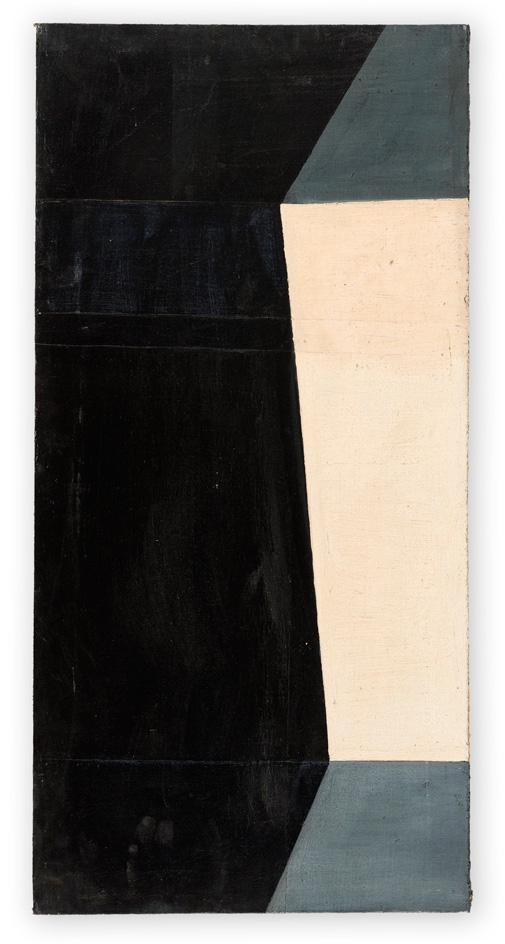
Spread across five rooms – organised by distinct chronological periods in Lassnig's work spanning five decades – the exhibition explores the artist's ground-breaking and influential artistic language. Pictured: Flächenteilung Schwarz-Weiss-Grau 2 (Field-division black-white-grey 2), 1953
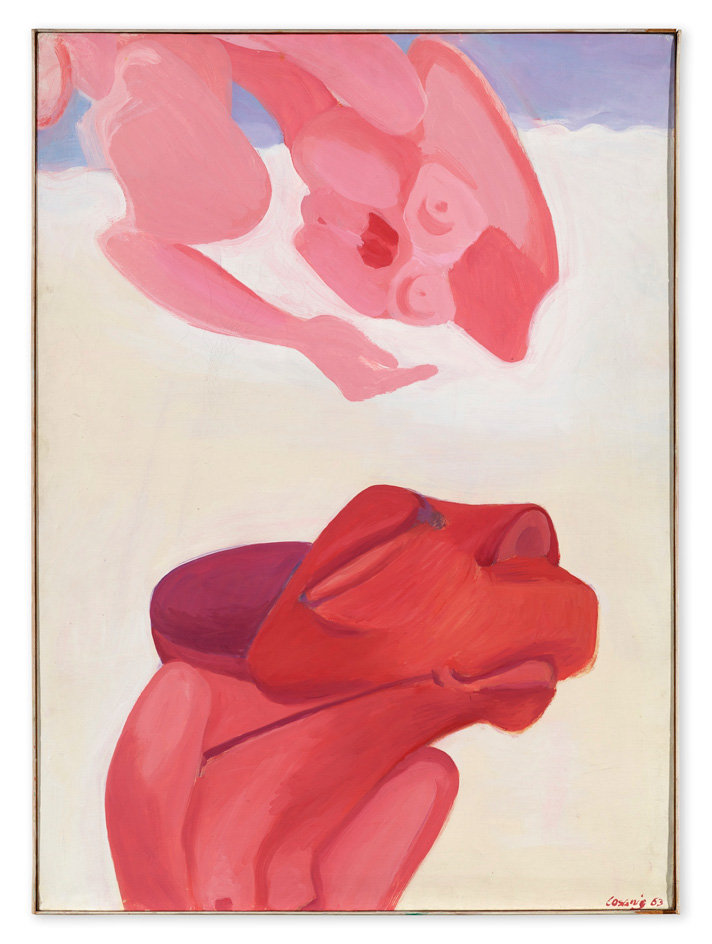
Lassnig is known for the 'body awareness' method that she first developed in 1948 in her studio in Klagenfurt. Pictured: Selbstporträt als Tier (Self-portrait as animal), 1963
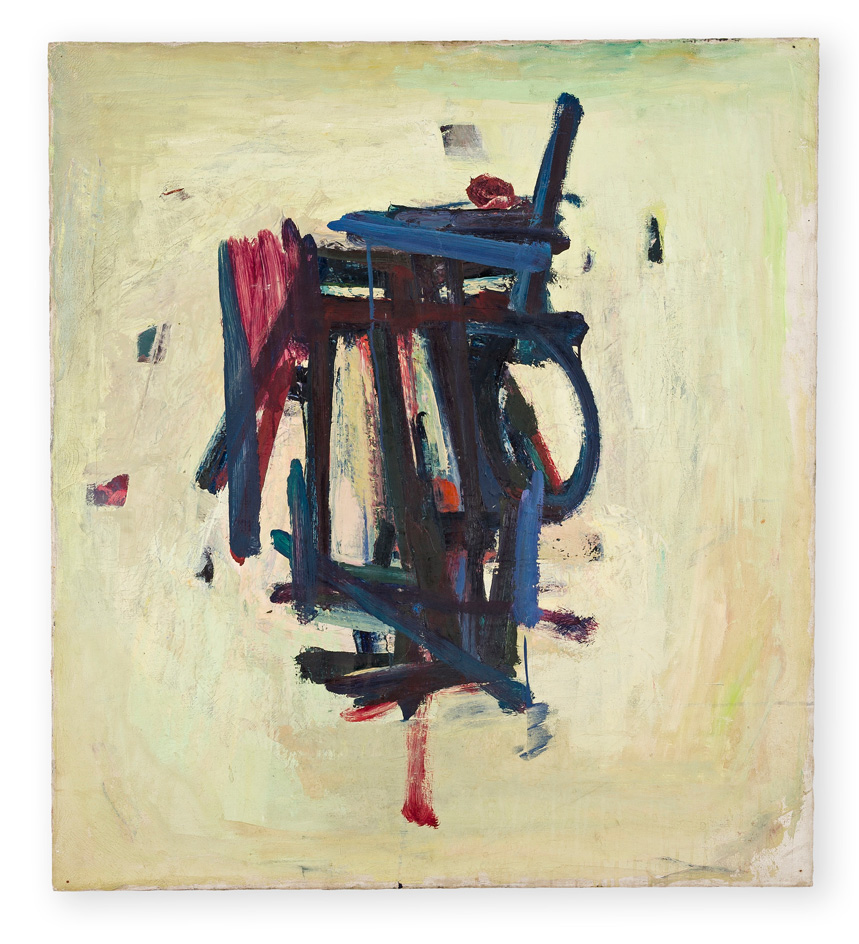
Lassnig was disappointed by the fact the work was never recognised as avant-garde at the time as it should have been. Pictured: Balken (Beams), 1950
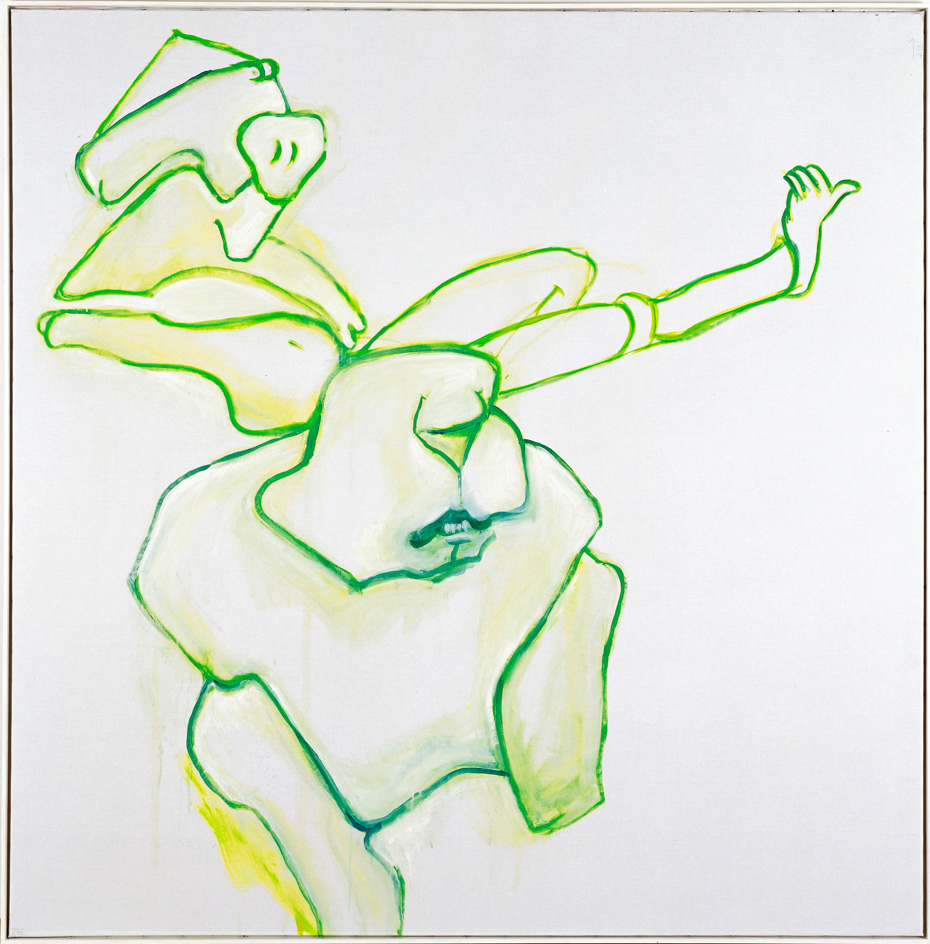
The survey exhibition includes examples of her early avant-garde experiments in the 1950s, as well as later works. Pictured: Frau und Mann (Woman and Man), 2007
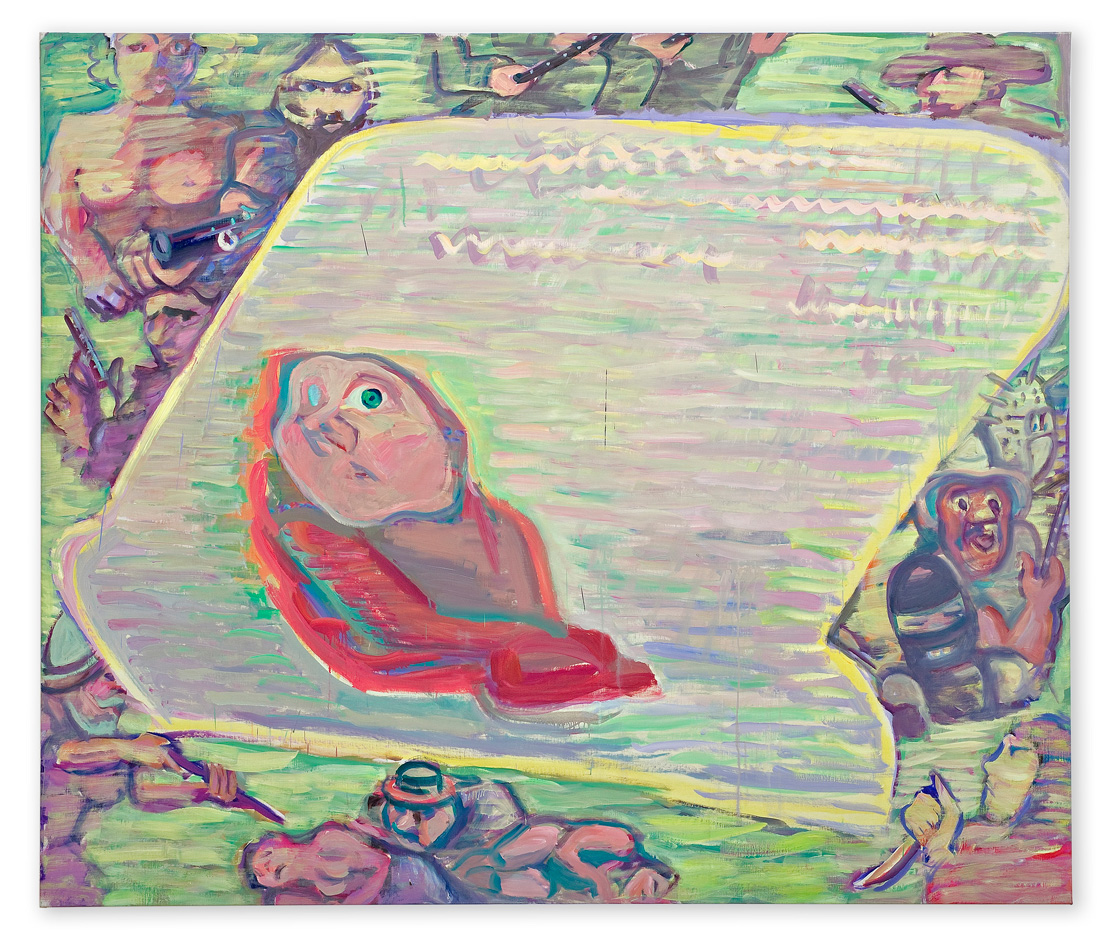
The exhibition reveals the truly energetic range of Lassnig, over a remarkable career, as she moved from Vienna to Paris and New York. Pictured: Fernsehkind (TV child), 1987
INFORMATION
‘Maria Lassnig: A Painting Survey, 1950 – 2007,’ is on view until 31 December. For more information, visit the Hauser, Wirth and Schimmel website
Photography: Maria Lassnig Foundation. Courtesy Hauser & Wirth
ADDRESS
901 E 3rd St, Los Angeles, CA 90013, United States
Receive our daily digest of inspiration, escapism and design stories from around the world direct to your inbox.
Charlotte Jansen is a journalist and the author of two books on photography, Girl on Girl (2017) and Photography Now (2021). She is commissioning editor at Elephant magazine and has written on contemporary art and culture for The Guardian, the Financial Times, ELLE, the British Journal of Photography, Frieze and Artsy. Jansen is also presenter of Dior Talks podcast series, The Female Gaze.
-
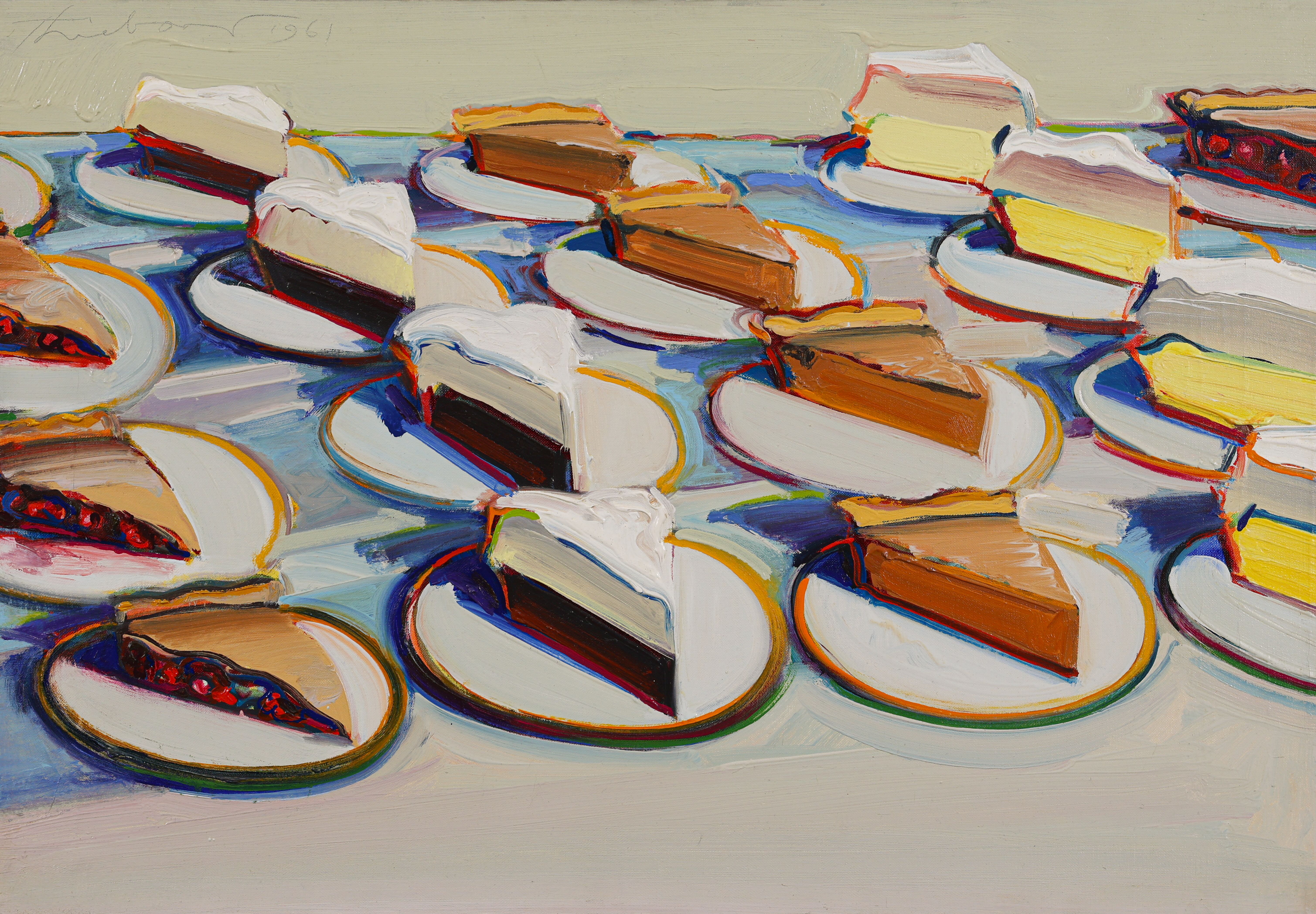 Why are Wayne Thiebaud’s paintings at the Courtauld quite so tempting?
Why are Wayne Thiebaud’s paintings at the Courtauld quite so tempting?The American artist’s thickly painted slices of cake at the Courtauld are some of our favourite artworks seen this year. What makes them so special?
-
 Taiwan’s new ‘museumbrary’ is a paradigm-shifting, cube-shaped cultural hub
Taiwan’s new ‘museumbrary’ is a paradigm-shifting, cube-shaped cultural hubPart museum, part library, the SANAA-designed Taichung Green Museumbrary contains a world of sweeping curves and flowing possibilities, immersed in a natural setting
-
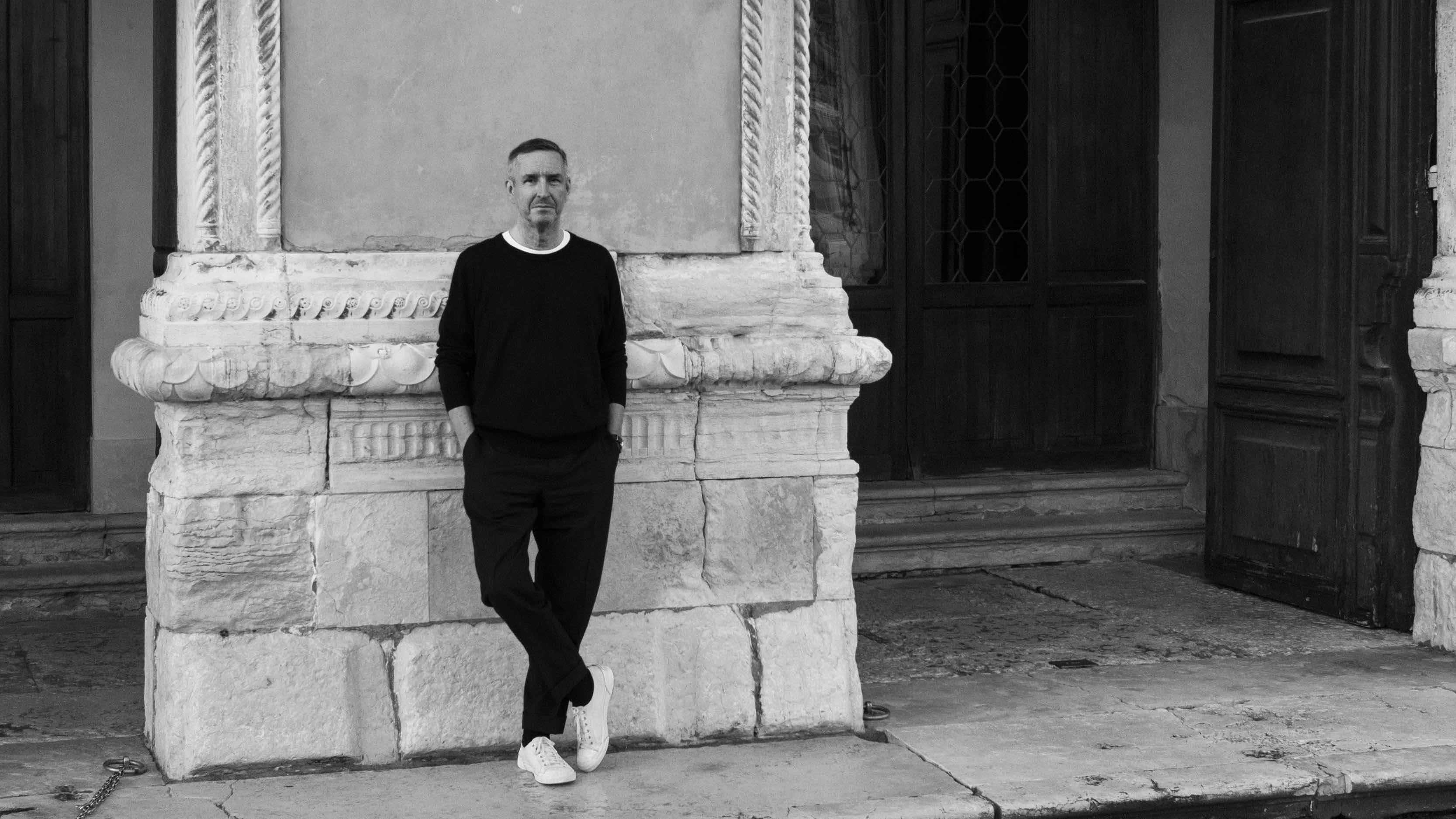 Dries van Noten on why he's building a new home for craft in Venice
Dries van Noten on why he's building a new home for craft in VeniceA year after departing the runway, Dries van Noten unveils his next chapter: the Fondazione Dries Van Noten, a newly announced cultural initiative in Venice celebrating craft in all its forms. Wallpaper* meets the designer to find out why he’s not ready to retire.
-
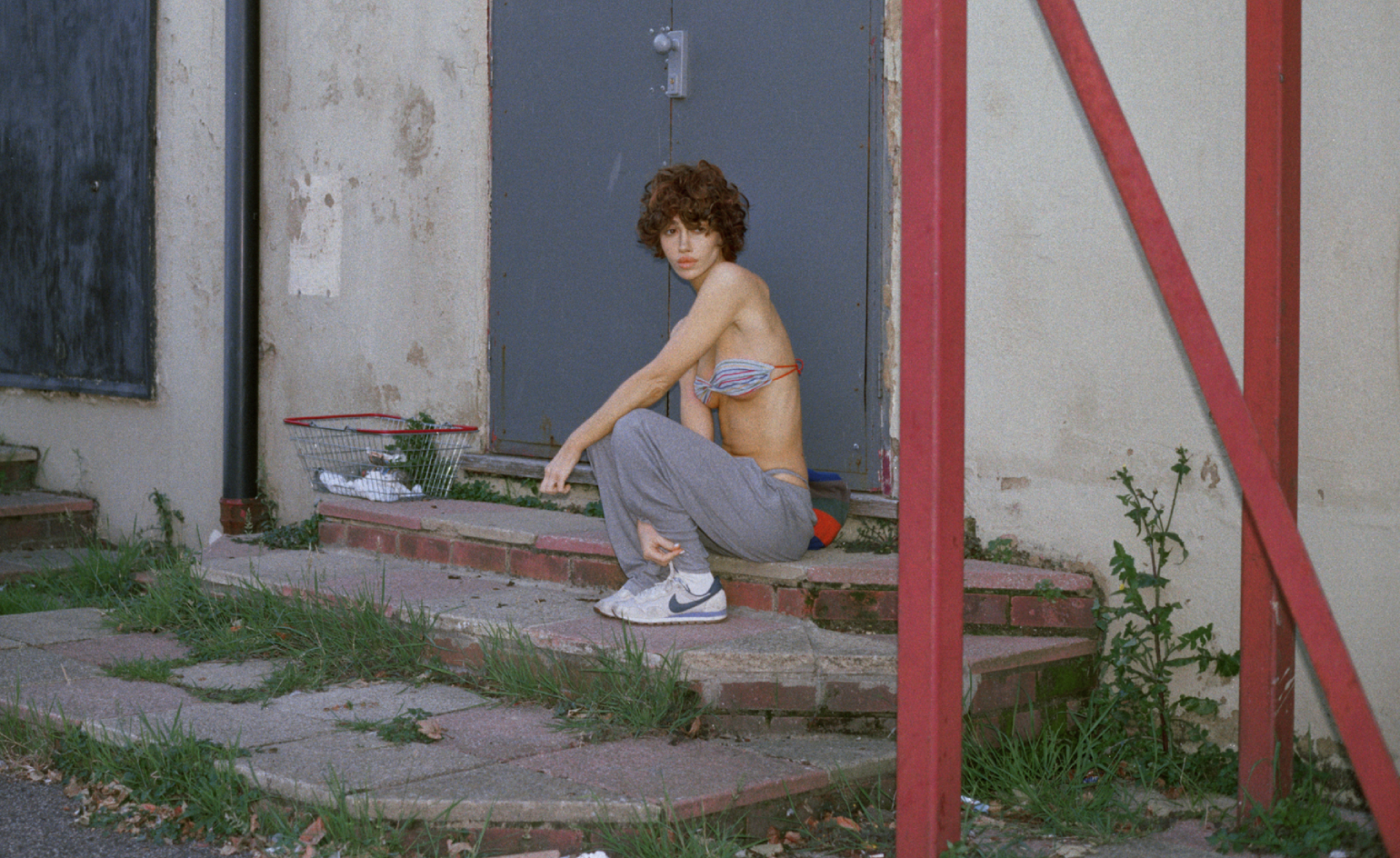 Nadia Lee Cohen distils a distant American memory into an unflinching new photo book
Nadia Lee Cohen distils a distant American memory into an unflinching new photo book‘Holy Ohio’ documents the British photographer and filmmaker’s personal journey as she reconnects with distant family and her earliest American memories
-
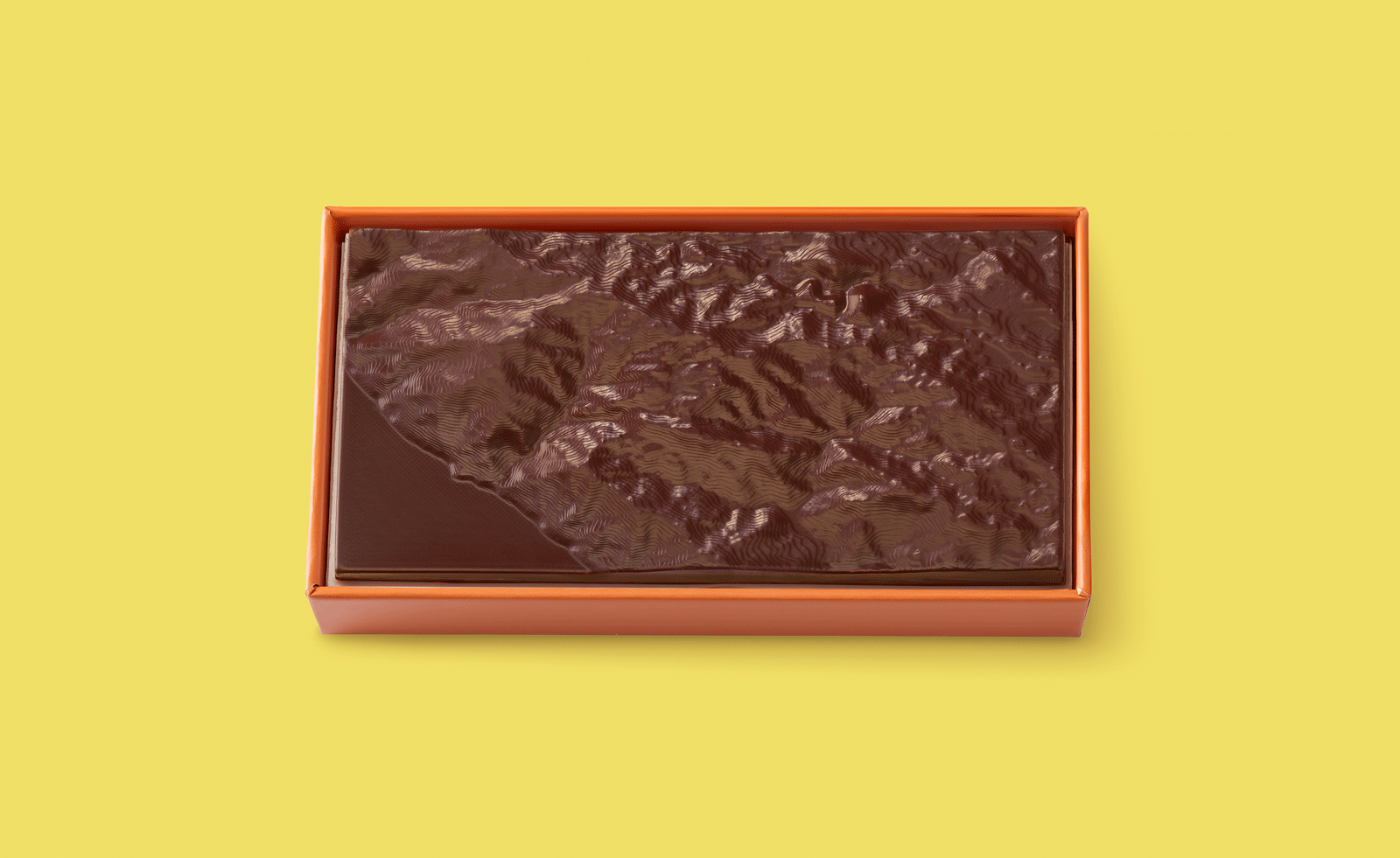 Ed Ruscha’s foray into chocolate is sweet, smart and very American
Ed Ruscha’s foray into chocolate is sweet, smart and very AmericanArt and chocolate combine deliciously in ‘Made in California’, a project from the artist with andSons Chocolatiers
-
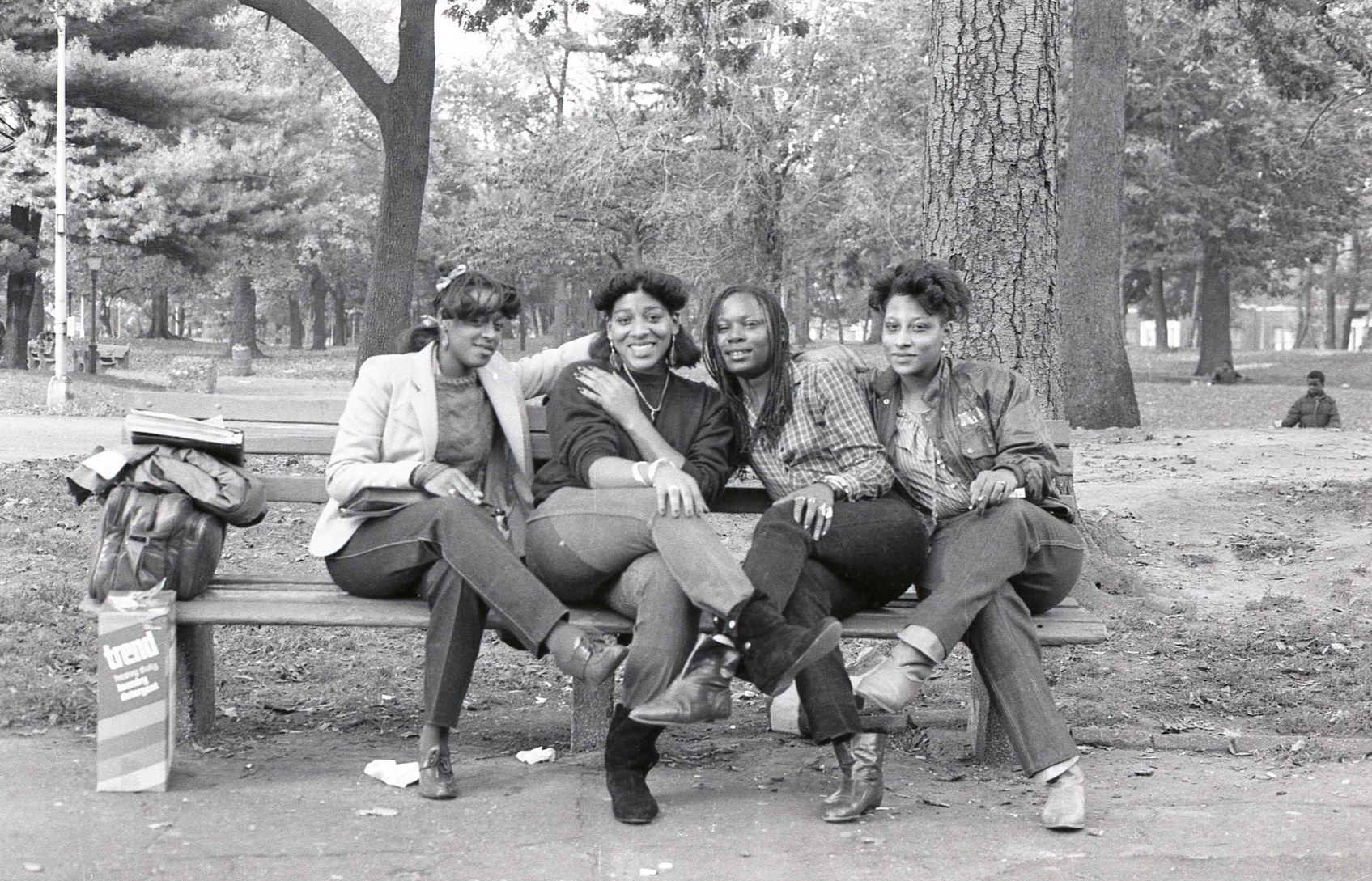 Jamel Shabazz’s photographs are a love letter to Prospect Park
Jamel Shabazz’s photographs are a love letter to Prospect ParkIn a new book, ‘Prospect Park: Photographs of a Brooklyn Oasis, 1980 to 2025’, Jamel Shabazz discovers a warmer side of human nature
-
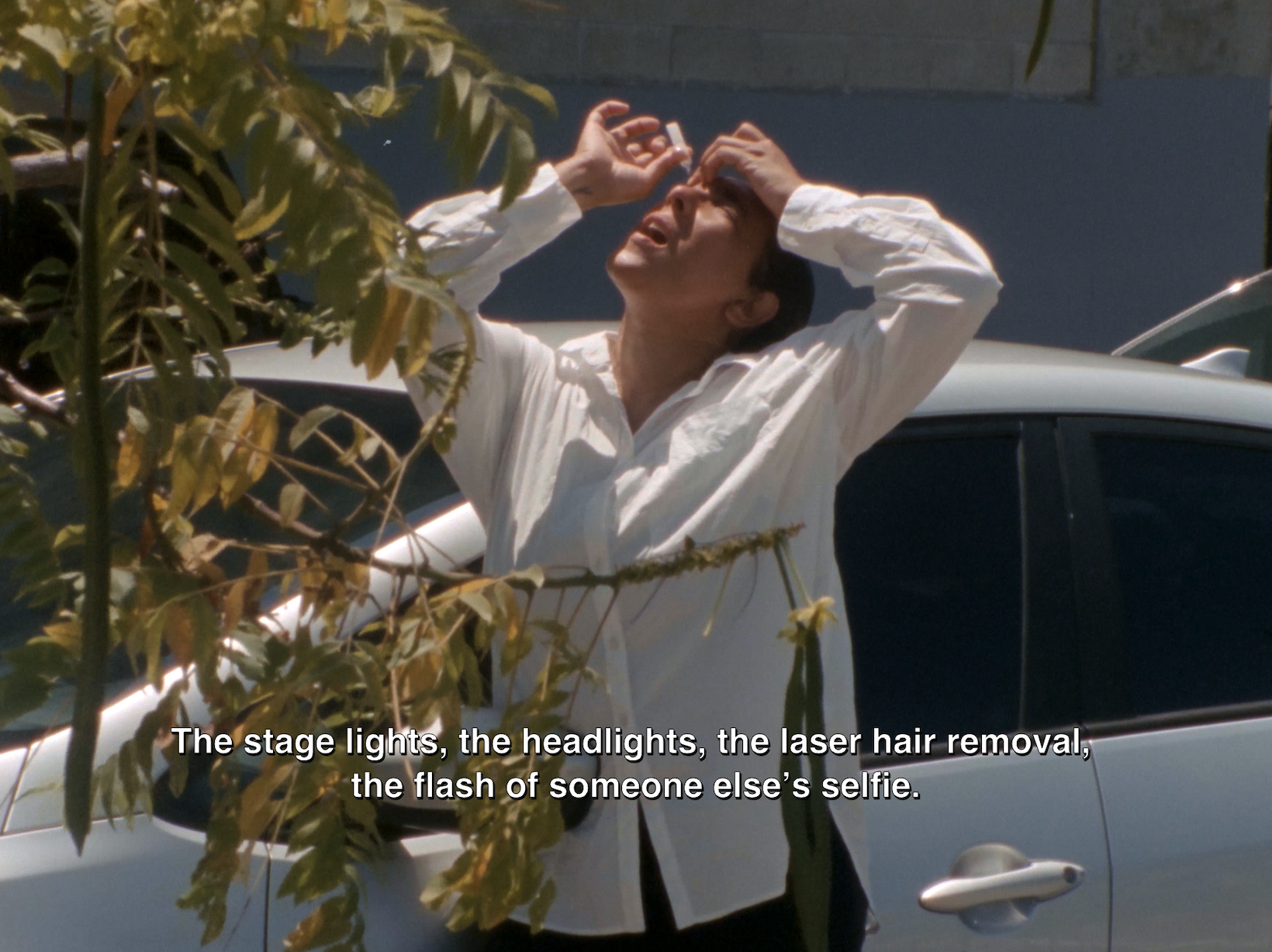 The Hammer Museum in Los Angeles launches the seventh iteration of its highly anticipated artist biennial
The Hammer Museum in Los Angeles launches the seventh iteration of its highly anticipated artist biennialOne of the gallery's flagship exhibitions, Made in LA showcases the breadth and depth of the city's contemporary art scene
-
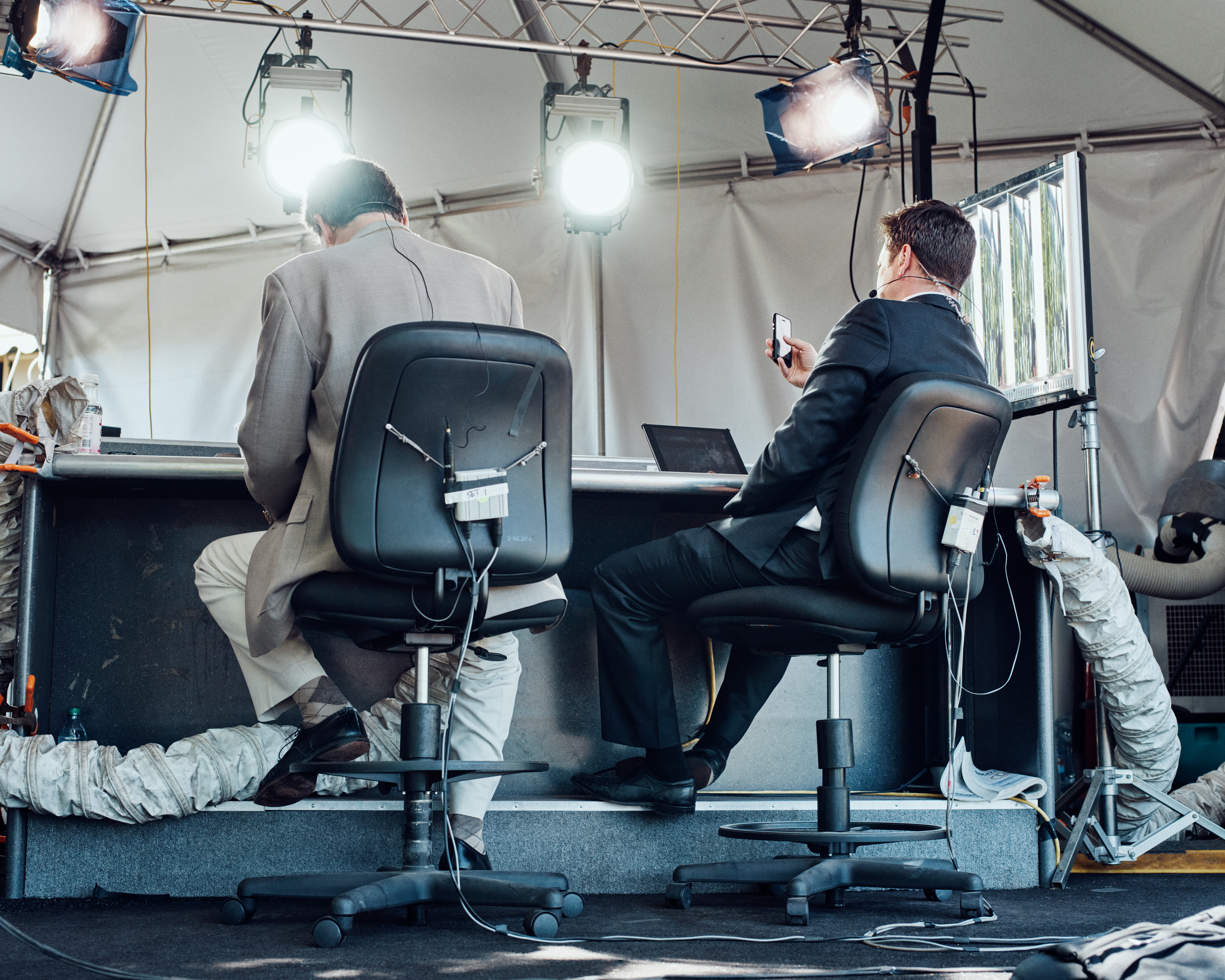 Thomas Prior’s photography captures the uncanny fragility of American life
Thomas Prior’s photography captures the uncanny fragility of American lifeA new book unites two decades of the photographer’s piercing, uneasy work
-
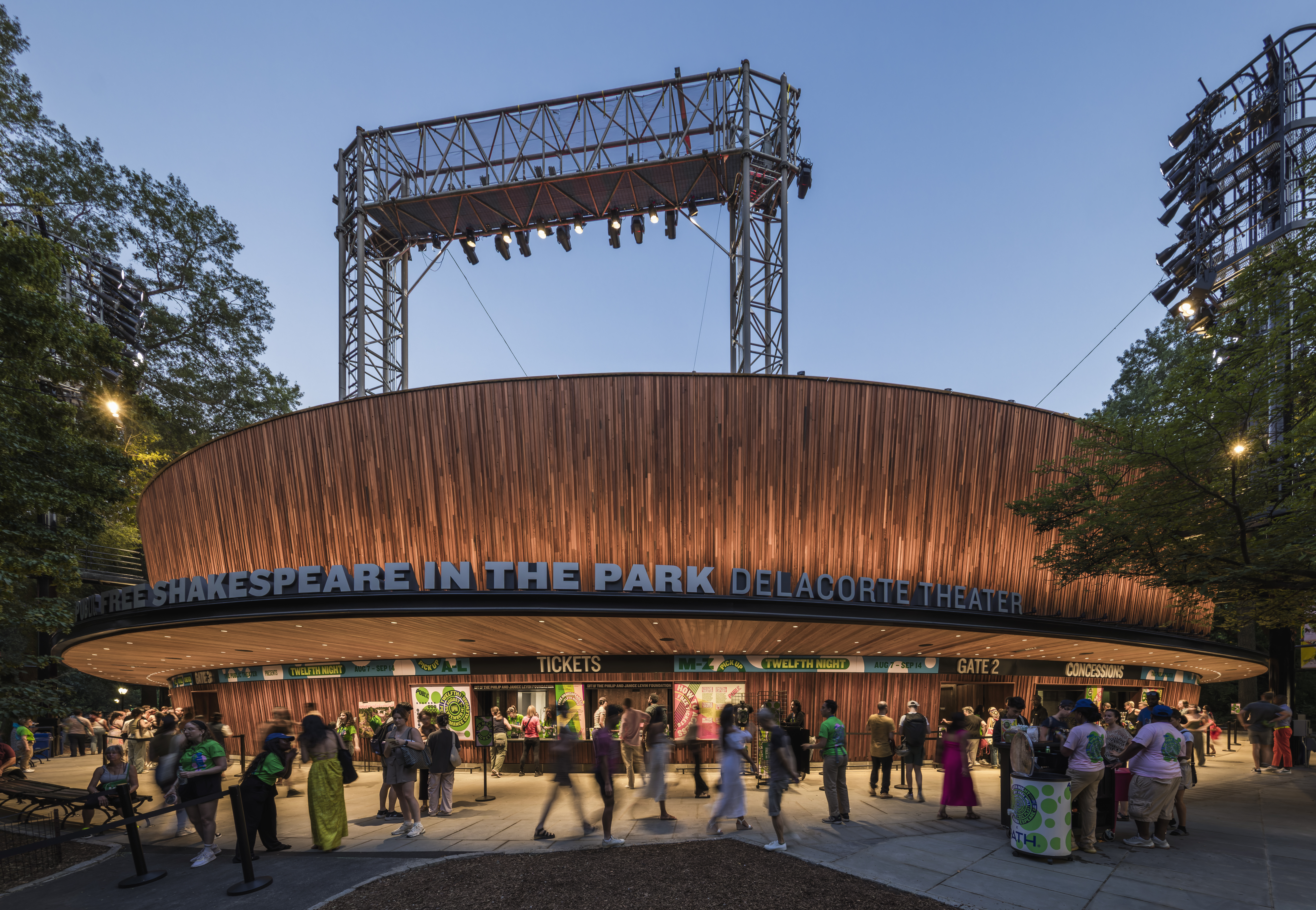 Central Park’s revitalised Delacorte Theater gears up for a new future
Central Park’s revitalised Delacorte Theater gears up for a new futureEnnead Architects helmed an ambitious renovation process that has given the New York City cultural landmark a vibrant and more accessible future
-
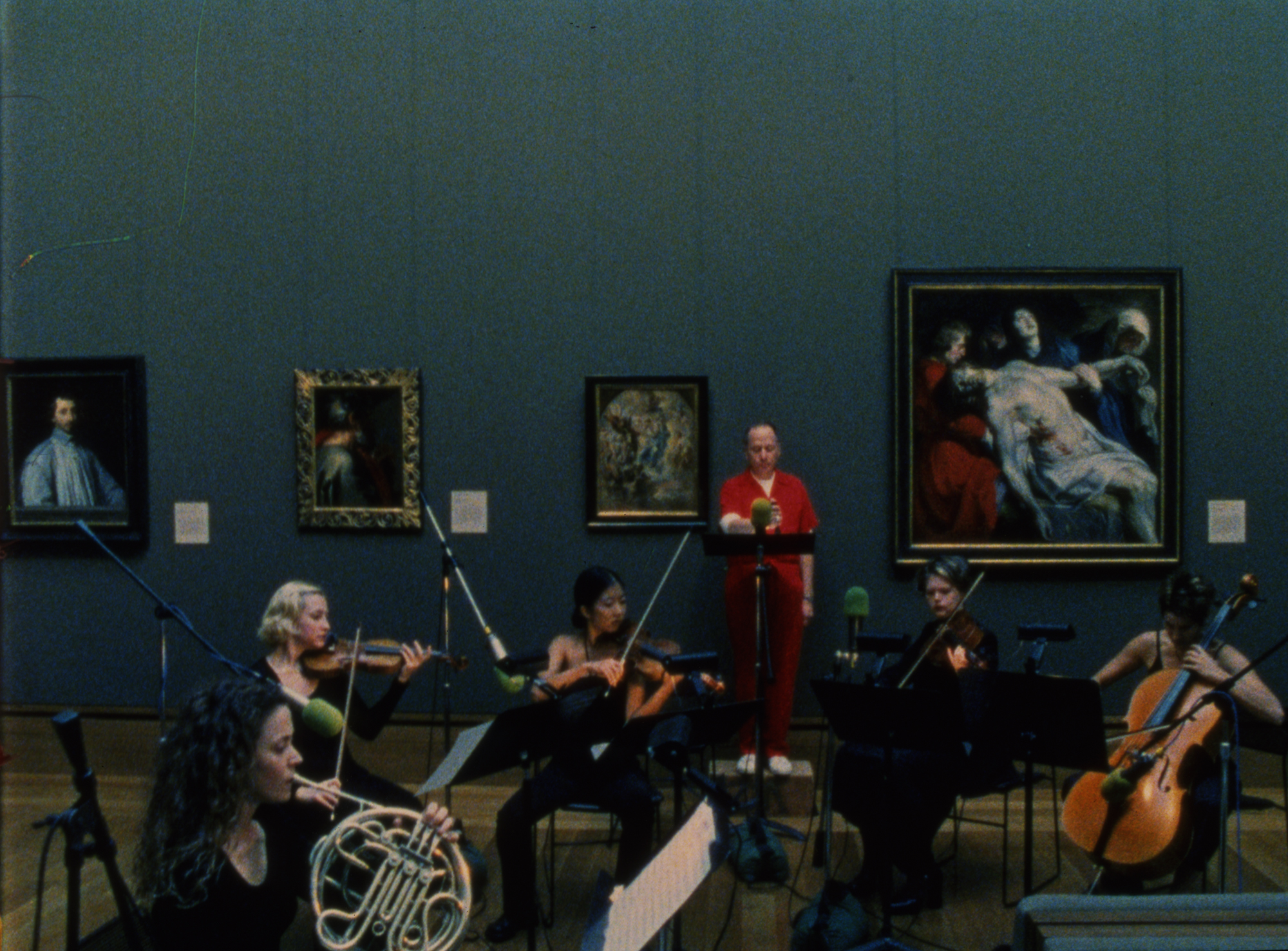 Stephen Prina borrows from pop, classical and modern music: now MoMA pays tribute to his performance work
Stephen Prina borrows from pop, classical and modern music: now MoMA pays tribute to his performance work‘Stephen Prina: A Lick and a Promise’ recalls the artist, musician, and composer’s performances, and is presented throughout MoMA. Prina tells us more
-
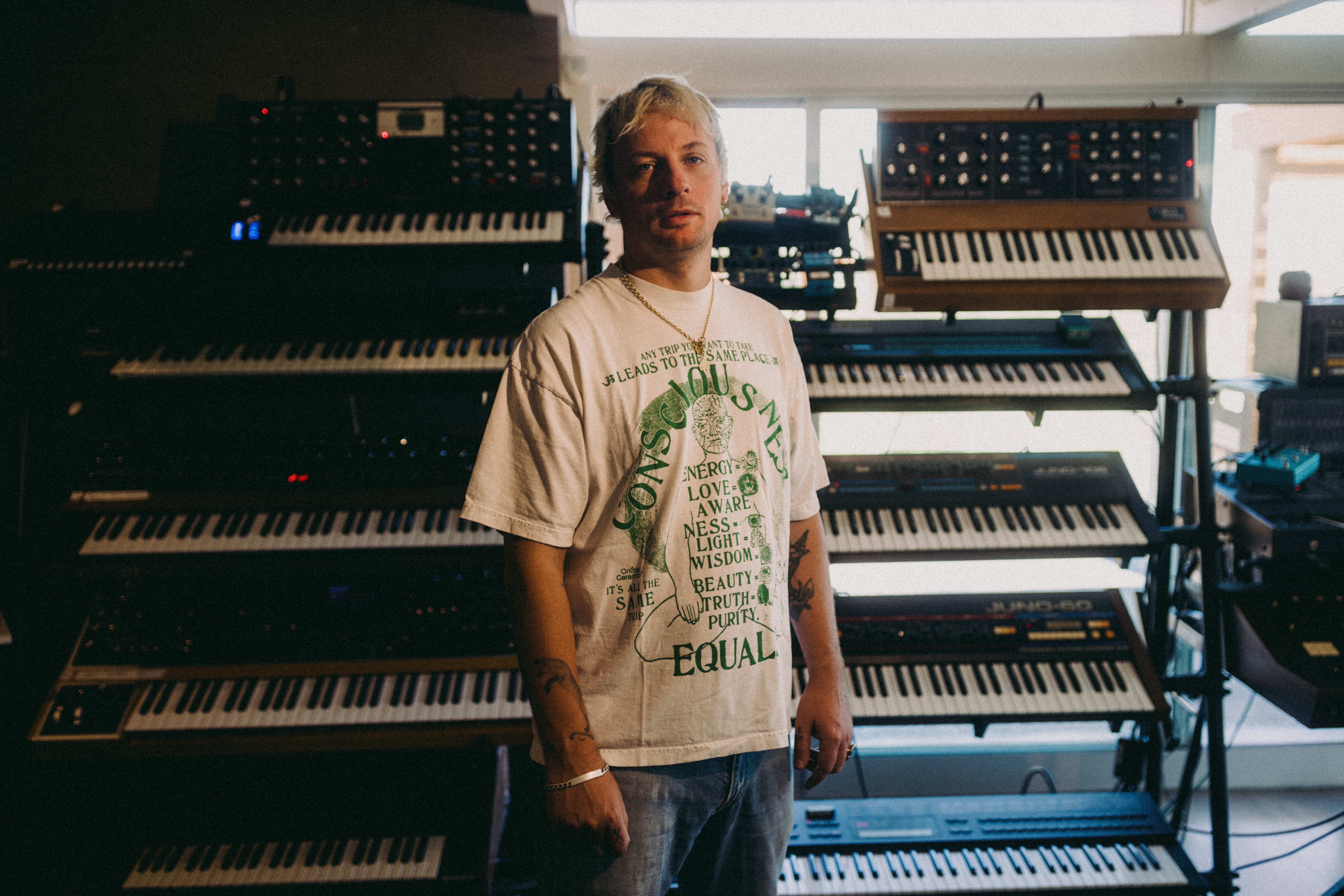 Curtains up, Kid Harpoon rethinks the sound of Broadway production ‘Art’
Curtains up, Kid Harpoon rethinks the sound of Broadway production ‘Art’He’s crafted hits with Harry Styles and Miley Cyrus; now songwriter and producer Kid Harpoon (aka Tom Hull) tells us about composing the music for the new, all-star Broadway revival of Yasmina Reza’s play ‘Art’